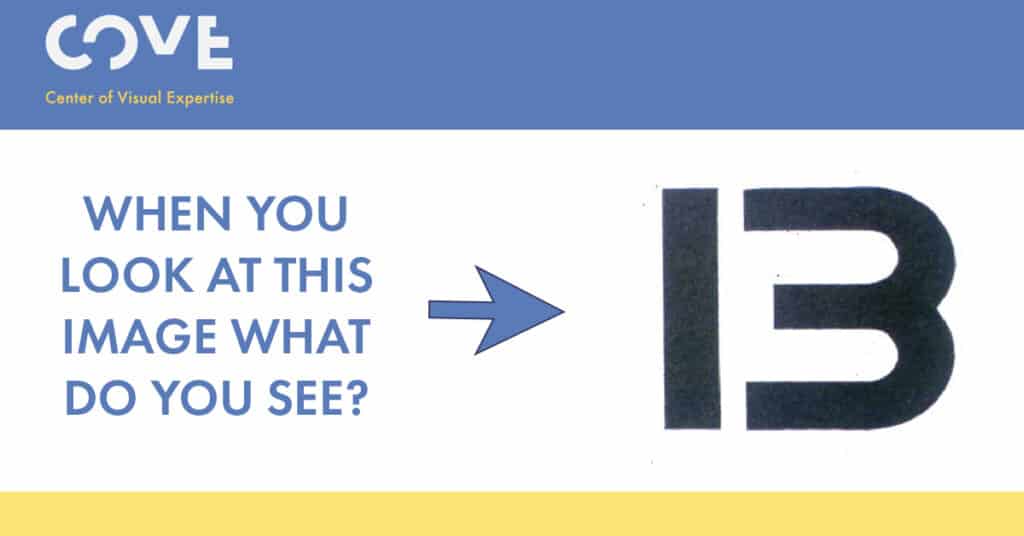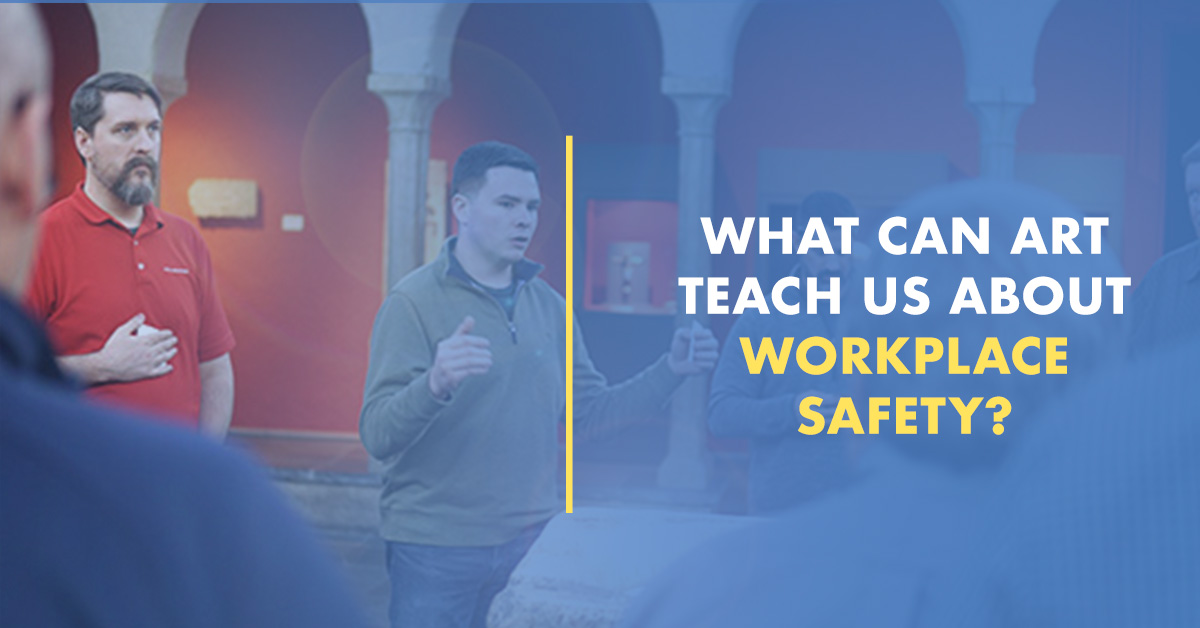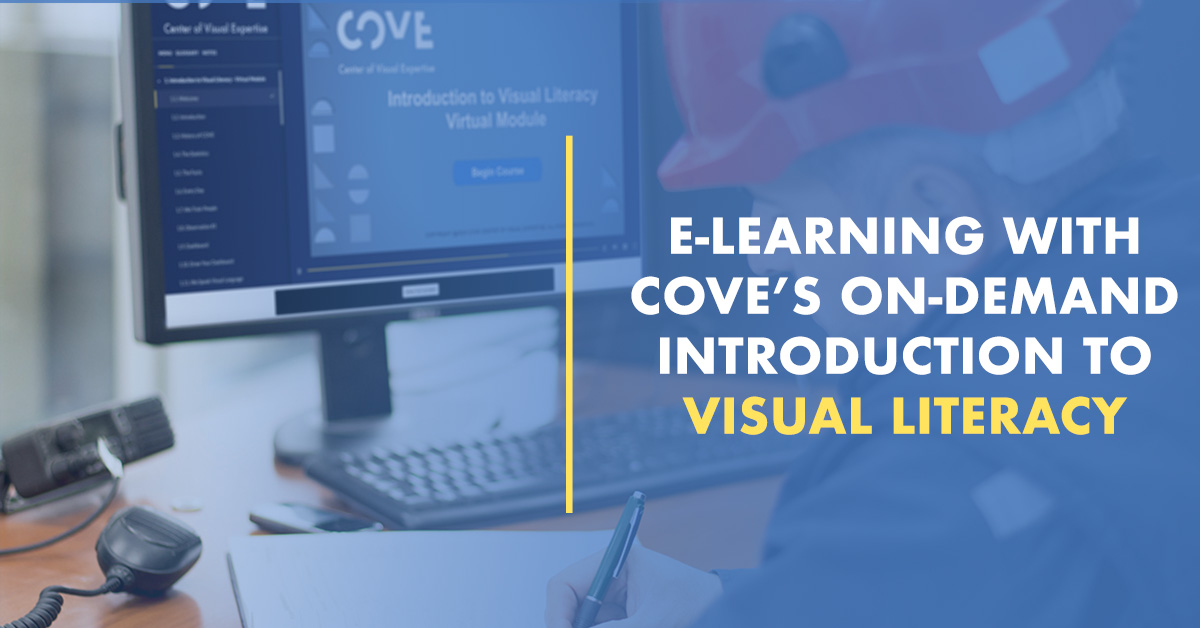How important is context in terms of when we’re looking at something? The context by which we’re looking at something really influences how we interpret what it is that we’re looking at. In some cases it might be environmental factors like lighting and how the object or image is physically presented to us. In other cases, it might be our experiences, expectations and biases that provide context and influence what it is that we see. By slowing down and determining how context is influencing our interpretation of what we are looking at, we might discover a more accurate meaning in what we see. Let’s look at Boring’s number/letter illusion to help explain this.
So when you look at this image what do you see? Is it a 13 or a B?

Some people will see a 13 and some people will see a B. But when you add a little context to it, that helps clear it up. And by adding two more numbers to the sequence you have more information that provides additional context, it’s easier to conclude that the image is a 13.

Unless, we change the context again.
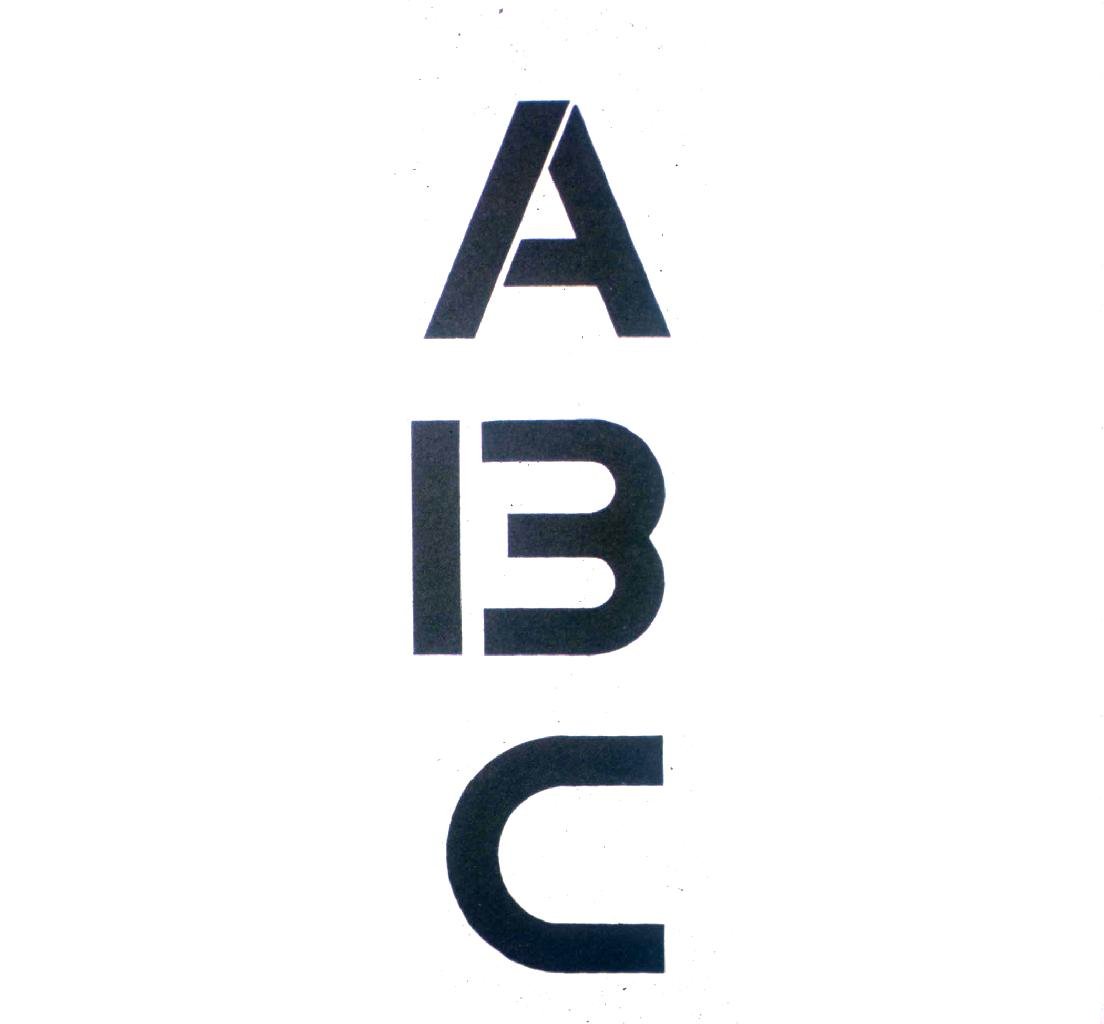
And when we add the letters A & C it can cause us, given that contextual change, to be able to think maybe it is a B and not a 13 because the things around it are helping shape what our view of that particular image looks like.
So to make the image even more complicated, what do you think it is now?
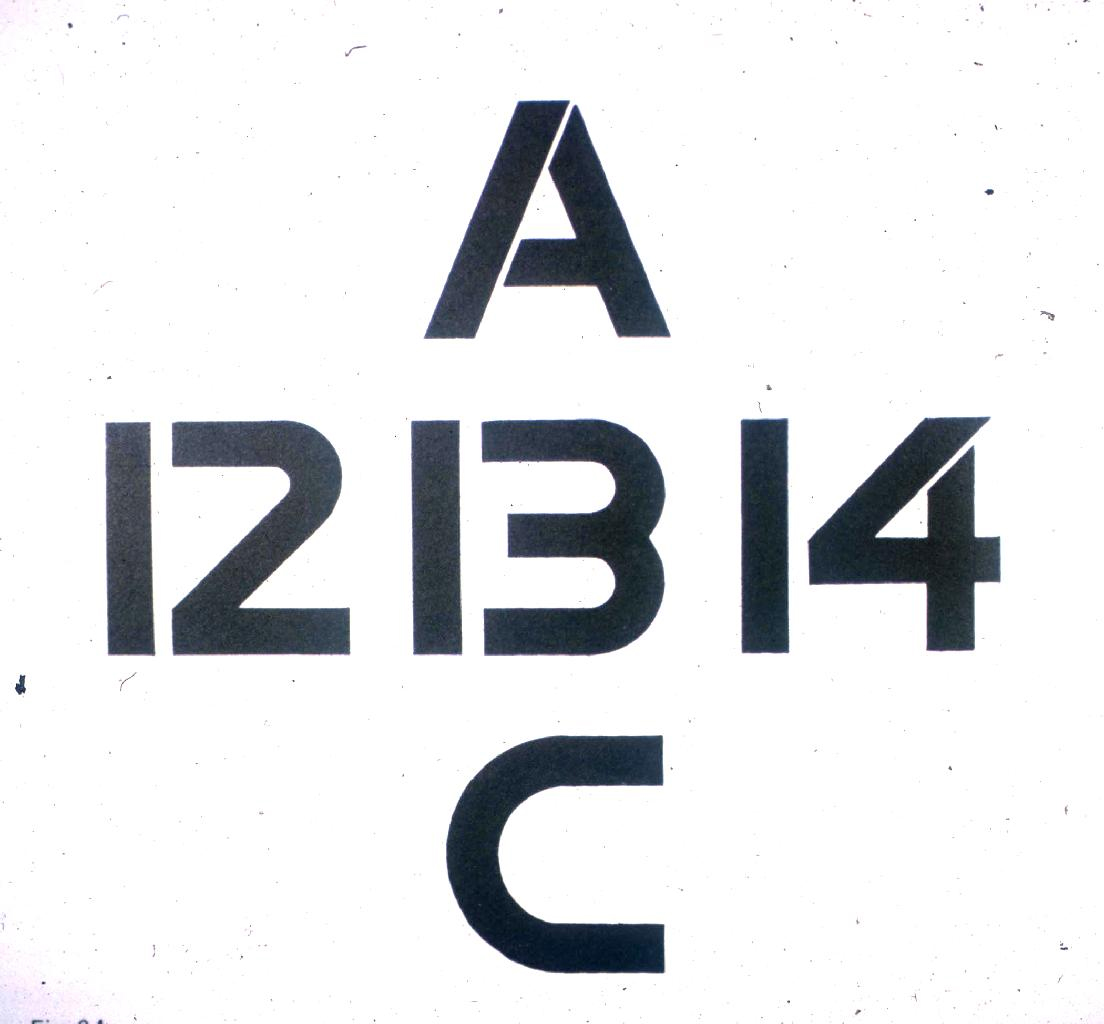
So it’s not just what we see, but it’s how we see it. And it’s in the context that we see it that it gives us the ability to draw an interpretation of what we’re looking at and what it really means.
Our work in safety is filled with drawing interpretation from the things that we see and observe. We need to determine the risk associated with many hazards and activities. We need to analyze incidents that have occurred and determine the necessary corrective actions to ensure they never happen again. This work is filled with interpretation that is influenced by the context by which we see what is in front of us. By recognizing the role that context plays in how we see things, we can take a minute to examine how our understanding of context may be influencing our interpretation and actions.
Context really influences not only the way that we see the world but the way that we see everything.
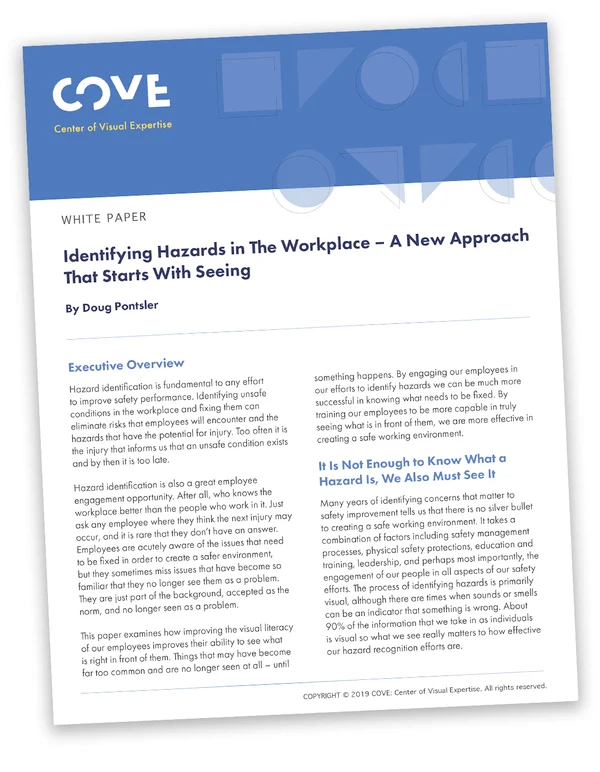
To learn more about how Visual Literacy principles can help us with this, download our white paper “Identifying Hazards In The Workplace: A New Approach That Starts With Seeing.”
